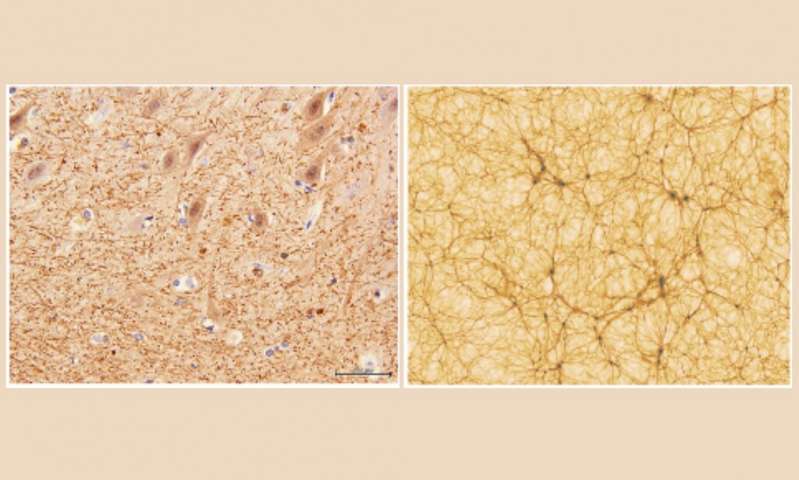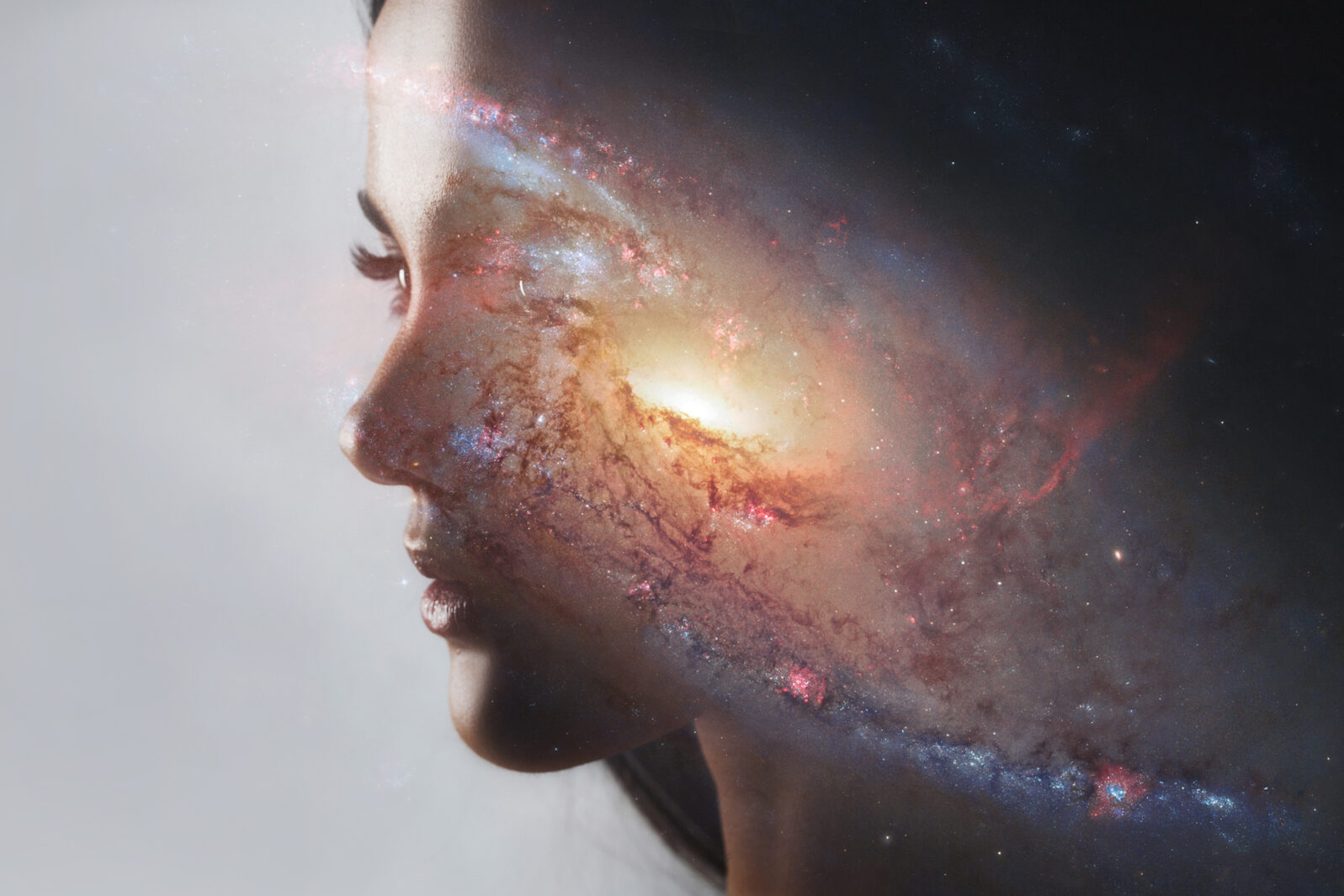Study: The Human Brain and the Universe Are Remarkably Similar
It looks as though the universe is not random but rather patterned in the way it unfoldsRecently, Franco Vazza, an astrophysicist at the University of Bologna and Alberto Felleti, a neurosurgeon at the University of Verona, decided to compare the network of human brain cells and the network of galaxies in our universe. Even though the universe is 27 orders of magnitude bigger than a single human brain, remarkable similarities emerged:
The human brain functions thanks to its wide neuronal network that is deemed to contain approximately 69 billion neurons. On the other hand, the observable universe is composed of a cosmic web of at least 100 billion galaxies. Within both systems, only 30% of their masses are composed of galaxies and neurons. Within both systems, galaxies and neurons arrange themselves in long filaments or nodes between the filaments. Finally, within both systems, 70% of the distribution of mass or energy is composed of components playing an apparently passive role: water in the brain and dark energy in the observable Universe.
Università di Bologna, “Does the human brain resemble the Universe?” at Phys.org
Other similarities included:
➤ The distribution of the fluctuation within the cerebellum, with a distance ranging from 1 micrometer to 0.1 millimeters, follows the same progression as the distribution of matter in the cosmic web, with a distance ranging from 5 million to 500 million light-years
➤“Unexpected agreement levels” were found in the average number of connections.
In the open-access paper, Vazza and Felleti write, “The tantalizing degree of similarity that our analysis exposes seems to suggest that the self-organization of both complex systems is likely being shaped by similar principles of network dynamics, despite the radically different scales and processes at play.”

Note: In the illustration: Left: section of cerebellum, with magnification factor 40x, obtained with electron microscopy (Dr. E. Zunarelli, University Hospital of Modena); right: section of a cosmological simulation, with an extension of 300 million light-years on each side (Vazza et al. 2019 A&A). Credit: University of Bologna
It looks as though the universe is not random but rather patterned in the way it unfolds. Perhaps very complex systems can only unfold in roughly a certain way; otherwise, they just wouldn’t exist. It will be very interesting to see if other very complex systems follow the same or a similar pattern. And, if they vary, is there a rationale behind the variance?
You may also enjoy:
Things exist that are unknowable. A tutorial on Chaitin’s number. (Robert J. Marks)
and
Yes, you can manipulate infinity — in math. The hyperreals are bigger (and smaller) than your average number — and better! (Jonathan Bartlett)
